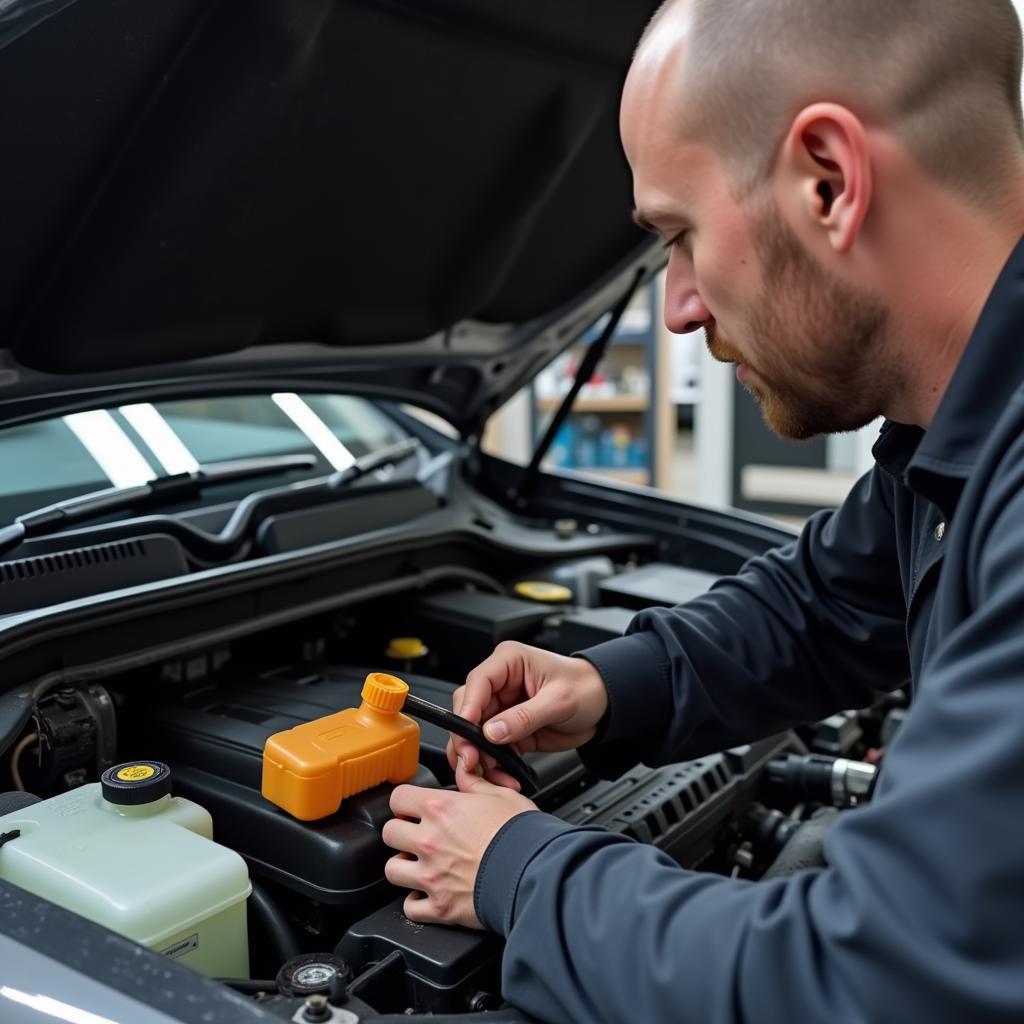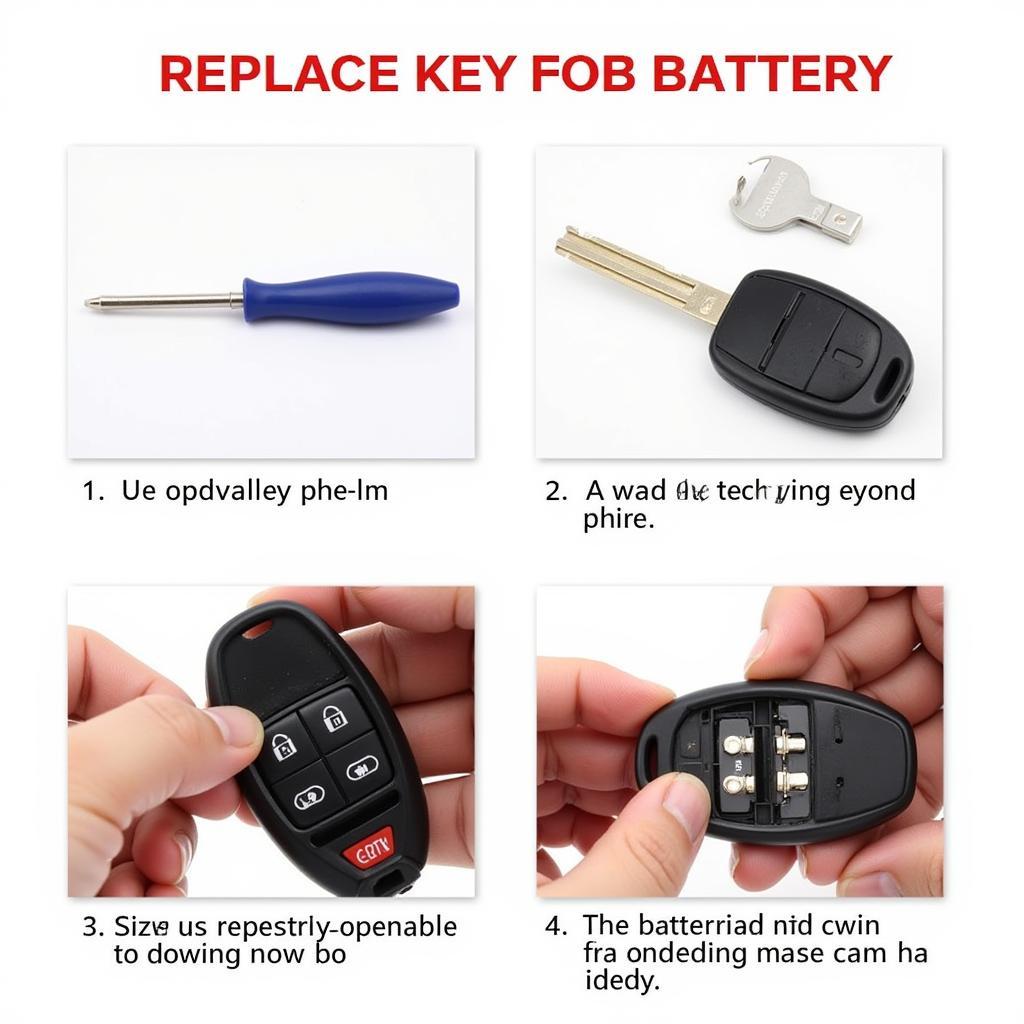The brake warning light means your vehicle’s braking system requires immediate attention. Ignoring this crucial warning can lead to serious safety risks. This guide dives deep into the various reasons why your brake warning light might be illuminated, offering solutions and expert advice to help you address the issue. the brake warning light means __
Understanding what the brake warning light means is crucial for every driver. From low brake fluid to worn brake pads, a glowing brake light can signal a range of problems, each demanding a different approach. This article will equip you with the knowledge to diagnose the potential issue and take the necessary steps to ensure your safety and the proper functioning of your vehicle’s braking system.
Decoding Your Brake Warning Light: Common Causes
The brake warning light is designed to alert you to potential issues within your braking system. It’s not something to be ignored. brake warning lights Here are some of the most common culprits:
- Low Brake Fluid: This is often the most frequent cause. A leak in the brake lines or worn brake pads can cause the fluid level to drop, triggering the warning light.
- Worn Brake Pads: Brake pads wear down over time. When they reach a critical point, a sensor triggers the warning light.
- Faulty Brake Sensor: Sometimes, the sensor itself can malfunction, illuminating the warning light even if there’s no actual problem with the brakes.
- Parking Brake Engaged: This is a simple, often overlooked cause. Make sure the parking brake is fully released.
- ABS Issue: A problem with the Anti-lock Braking System (ABS) can also trigger the brake warning light, often accompanied by an ABS warning light.
What The Brake Warning Light Means: Troubleshooting Steps
If your brake warning light comes on, don’t panic. Here’s a step-by-step guide to help you troubleshoot the problem:
- Check the Parking Brake: Ensure the parking brake is fully disengaged.
- Inspect Brake Fluid Level: Locate the brake fluid reservoir and check the fluid level. If it’s low, add the correct type of brake fluid.
- Check for Leaks: Look for any signs of brake fluid leaks around the brake lines, calipers, and master cylinder.
- Inspect Brake Pads: If possible, visually inspect the brake pads for wear. If they appear thin, they likely need replacement.
 Mechanic Checking Brake Fluid Level
Mechanic Checking Brake Fluid Level
What The Brake Warning Light Means in Different Car Makes
While the general meaning of the brake warning light remains consistent, the specific diagnostics and repair procedures can vary slightly between car manufacturers. red brake light warning
“Understanding the nuances of different braking systems is crucial for accurate diagnosis,” explains automotive expert, Dr. James Carter, a leading specialist in vehicle diagnostics. “For example, a BMW’s brake pad warning system might be more sophisticated than that of a less complex vehicle.”
When to Seek Professional Help
If you’re uncomfortable performing these checks yourself, or if you suspect a more complex issue, it’s best to seek professional help. dynamic brake control warning light “Ignoring a persistent brake warning light can lead to costly repairs and compromise your safety,” advises Ms. Sarah Miller, a certified automotive technician with over 15 years of experience.
Conclusion: Prioritizing Brake Safety
Understanding what the brake warning light means is essential for every driver. By addressing the issue promptly and proactively, you can ensure your safety and the longevity of your vehicle’s braking system. Don’t delay, act now!


